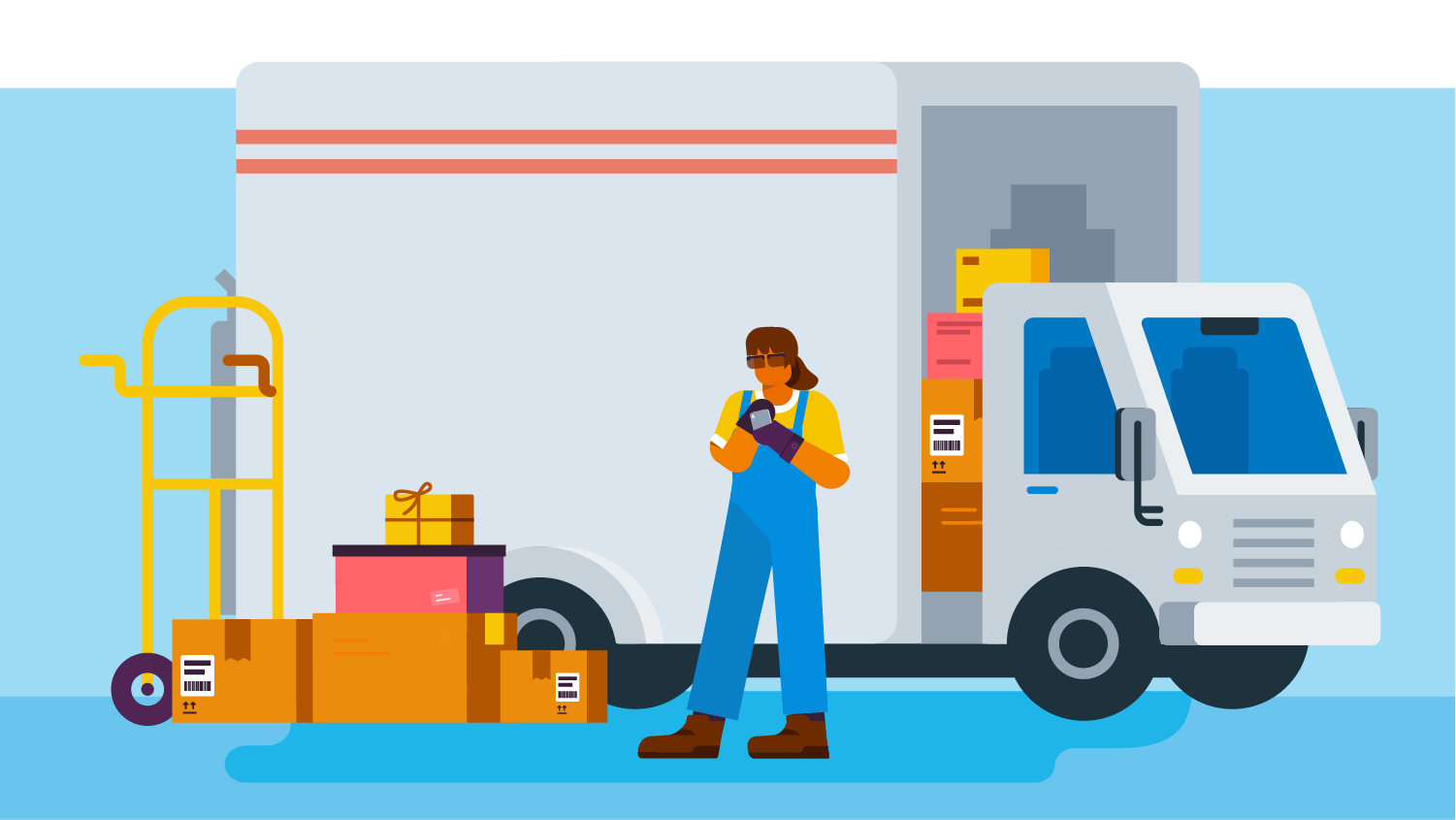International Movers: Specialist Moving Specialists Can Help Make Your Shift Smooth And Worry-free
History and Evolution of Moving Providers
The Dawn of Moving: From Muscle to Makers
Image this: a handful of strong guys transporting heavy trunks on wooden carts, navigating cobblestone streets with sweat and determination. Before the modern moving market took shape, moving was a harsh, labor-intensive task. In ancient times, relocation frequently indicated relying on large physical strength and simple tools. The lack of specialized services suggested families and merchants needed to coordinate every information themselves, frequently running the risk of damage or loss.
Isn't it fascinating how necessity fuels innovation? As cities expanded and commerce flourished, the requirement for efficient, reputable moving services ended up being glaringly obvious. Enter the period of horse-drawn wagons and later, motorized vehicles, which revolutionized how personal belongings traveled from one place to another.
Industrial Revolution: The Catalyst for Modification
The 19th century's industrial boom improved numerous aspects of life, consisting of how people moved. All of a sudden, city migration rose, and with it, the need for professional movers skyrocketed. No longer was moving a basic task; it progressed into a customized service offering:
- Packing competence to secure delicate items
- Organized packing strategies maximizing area
- Transport options tailored to different ranges
This duration marked the birth of business devoted solely to moving, laying the foundation for today's complex logistics and customer-centric approaches.
Technological Developments and Their Effect
Can you envision moving without contemporary devices? The advent of hydraulic lifts, forklifts, and pallet jacks changed the industry over night. Unexpectedly, movers could handle bulky furniture and heavy home appliances with ease, reducing injuries and improving performance.
The integration of digital innovation triggered a brand-new wave of innovation. GPS tracking, online reservation platforms, and real-time stock management have actually become staples in the moving services landscape. These tools not only boost transparency however likewise empower consumers to stay linked and notified throughout their moving journey.
Secret Turning Points in Moving Solutions Evolution
| Era | Development | Significance |
|---|---|---|
| Ancient Times | Manual work and fundamental carts | Foundation of moving as a need |
| 19th Century | Horse-drawn wagons and packaging services | Birth of professional moving companies |
| 20th Century | Motorized trucks and mechanized devices | Increased performance and scale |
| 21st Century | Digital combination and GPS technology | Boosted customer experience and logistics |
Reflections on the Journey
Reviewing the development of movers, one might question: how did a simple act of transporting valuables end up being an advanced industry? It's a tale of durability, adaptation, and continuous enhancement. From the sweat-soaked streets of old to the precision-driven operations of today, the history of moving services is as vibrant as the people who count on them.
Next time you pack a box or employ a mover, think about the layers of history embedded in every action. The journey of movers encapsulates human resourcefulness, changing what was when a daunting job into a smooth experience.
Exploring the Spectrum of Moving Solutions
When the time concerns move your life from one address to another, the series of moving services available can seem like navigating a labyrinth. Do you need a basic loading and unloading crew, or does your relocation demand the skill of full packing and unpacking? Understanding the subtleties can conserve hours of frustration and unexpected expenses.
Common Types of Moving Providers
- Local Moves: Created for movings within a city or urban area, these services normally operate on a per hour basis, ideal for short ranges.
- Long-Distance Moves: Covering moves beyond 100 miles, these need more coordination, from logistical preparation to protect transport, frequently priced by weight and distance.
- Full-Service Moves: Movers handle whatever-- packing, loading, carrying, unloading, and in some cases even unpacking. Perfect for those pushed for time or energy.
- Self-Service Relocations: You pack and fill your valuables, while the company manages transport and dumping. A middle ground offering cost savings and some benefit.
- Specialized Relocations: For delicate, bulky, or valuable items like pianos, antiques, or artwork, needing specialized devices and competence.
Professional Tips to Navigate Your Moving Service Choices
- Focus on Flexibility: Choose a service that adapts to unforeseen hold-ups or last-minute changes-- rigid schedules can turn a smooth relocation into a logistical problem.
- Inspect Insurance Options: Not all moving companies supply the very same level of defense. Understanding your coverage can avoid heartache if something goes awry.
- Demand In-depth Inventories: A precise product list prevents disagreements and ensures responsibility, particularly when handling long-distance or specialized relocations.
- Think About Season: Seasonal need can impact schedule and prices. Early scheduling during off-peak seasons may grant much better service and versatility.
- Inquire About Packing Materials: Premium boxes, bubble wrap, and cushioning can be the distinction in between a scratched heirloom and a beautiful arrival.
Table: Service Features Compared
| Service Type | Who Loads? | Transportation Mode | Common Prices Design | Suitable For |
|---|---|---|---|---|
| Regional Move | Client or Movers | Truck | Hourly | Short ranges, small loads |
| Long-Distance Move | Movers | Truck or Container | Weight & & Range | Cross-state or local moving |
| Full-Service Move | Movers | Truck | Flat or Weight-Based | Time-sensitive, high-stress relocations |
| Self-Service Move | Customer | Truck or Container | Flat or Hourly | Cost-conscious, hands-on movers |
| Specialized Move | Movers with know-how | Specialized Devices | Custom Quote | Vulnerable or important items |
The Unseen Intricacy Behind Each Option
Have you ever questioned why moving seems simple and easy on television but becomes a waterfall of last-minute decisions in reality? The reality lies in the intricacies of each service type. For example, full-service moves might look like a luxury, however the proficiency associated with packaging delicate treasures or dismantling bulky furnishings is a craft honed over years. Deciding for a self-service move might save money, but it demands a keen understanding of how to pack effectively-- did you understand that stacking unusually shaped boxes incorrectly can trigger internal shifting during transit, wrecking delicate contents?
Selecting the best kind of moving service is not simply about benefit-- it has to do with protecting your memories and investments. What's your relocation's story read more going to be?

Packing and Moving Strategies
Ever tried to fit a suitcase that just won't close? That's the kind of puzzle expert movers solve daily-- however on a much bigger scale. The secret lies not in brute force however in strategic positioning and smart usage of space. Packaging isn't merely about packing products into boxes; it's an art kind where every inch counts.
Layering for Success
Picture a painter layering colors to produce depth. Likewise, when packaging, begin with much heavier products at the bottom, then cushion with softer materials like bubble wrap or towels. This avoids damage and takes full advantage of box stability. Strangely formed products can slip into gaps, lowering lost space.
- Wrap fragile products separately with tissue or foam to avoid scratches.
- Use clothes as padding-- it's both efficient and eco-friendly.
- Fill empty areas with packing peanuts or crumpled paper to minimize motion.
Labeling: The Unsung Hero

What excellent is best packaging if you spend hours rummaging through boxes? Detailed labeling is a game-changer. Instead of unclear tags like "Kitchen," attempt this approach:
| Label | Description | Priority |
|---|---|---|
| Fragile - Glassware | Manage with care, contains fragile products | High |
| Essentials - First Night | Items required immediately after moving | Urgent |
| Books - Study Space | Stacked, heavy books | Medium |
Strategic Packing Tips
- Disassemble large furnishings and keep screws in identified bags taped to the pieces.
- Use uniform box sizes when possible-- stacking becomes much easier and more secure.
- Do not overpack boxes; weight limitations exist for a reason. Objective for 40-50 pounds max.
- Wrap furniture edges with moving blankets to avoid scratches throughout transit.
- Seal boxes with high-quality packaging tape-- double layers on the bottom are important.
Why do some movers swear by a color-coded system? Because it removes uncertainty on moving day. Appoint each room a color and mark boxes accordingly. This small step can conserve hours when unloading and unpacking.
Packing and moving need accuracy-- like a chess video game where every relocation counts. Have you ever discovered how some movers handle bulky items easily? They take advantage of angles and pivot indicate browse tight corners without damage. It's not muscle; it's technique.
Unseen Struggles Behind the Moving Van Doors
Ever viewed a group of expert movers bring a grand piano through a narrow doorway and questioned how they pull it off without a scratch? The art of moving isn't just muscle and trucks; it's a fragile dance with unpredictability. Weather can turn from a sunlit blessing to a torrential hazard in minutes, turning an uncomplicated drive into a logistical maze.
One well-known obstacle is the labyrinthine layout of some homes or homes. Staircases too tight for dollies, doorways narrower than basic boxes, or elevators that hardly fit a couch-- these physical peculiarities demand inventive options on the spot. Movers often resort to unconventional strategies like dismantling furnishings or employing tailor-made padding to secure both the item and the property.
Accuracy Packing: More Than Simply Wrapping
It's appealing to think packaging is simply stuffing boxes, but the truth is a complicated puzzle of weight circulation and fragility. Movers need to prepare for how items will move during transit-- a miscalculation can imply shattered heirlooms or dinged up home appliances. The ace in the hole? Strategic layering and using products with specific shock-absorbing qualities.
- Bubble wrap is basic, but alternating it with foam sheets can dramatically minimize effect damage.
- Heavy products address the bottom; vulnerable ones nestle on top, cushioned by soft textiles.
- Labeling boxes not simply by contents but by handling guidelines ensures quicker, much safer discharging.
Another less discussed pressure is the mental toll. The clock ticks non-stop, and every delay ripples through tight schedules. Remaining calm amidst disorderly last-minute modifications needs psychological dexterity and group synergy.
Traffic Jams and Timing: The Unnoticeable Opponents
| Barrier | Professional Strategy | Effect |
|---|---|---|
| Urban blockage | Route optimization apps and versatile scheduling | Reduces delays and fuel usage |
| Parking constraints | Pre-arranged permits or strategic parking nearby | Avoids fines and time loss |
| Unpredictable weather condition | Water resistant coverings and contingency strategies | Maintains the condition of goods and devices |
Do you actually understand what it requires to keep a moving day on track? It's not just about strength or stamina; it's about foresight, flexibility, and a deep understanding of every piece of the puzzle. The next time you see movers at work, remember: behind that seamless operation lies a series of determined maneuvers and quick thinking that few ever notification.
Comments on “Licensed Movers: Ways to Pick the Ideal Movers for Your Next Relocation”